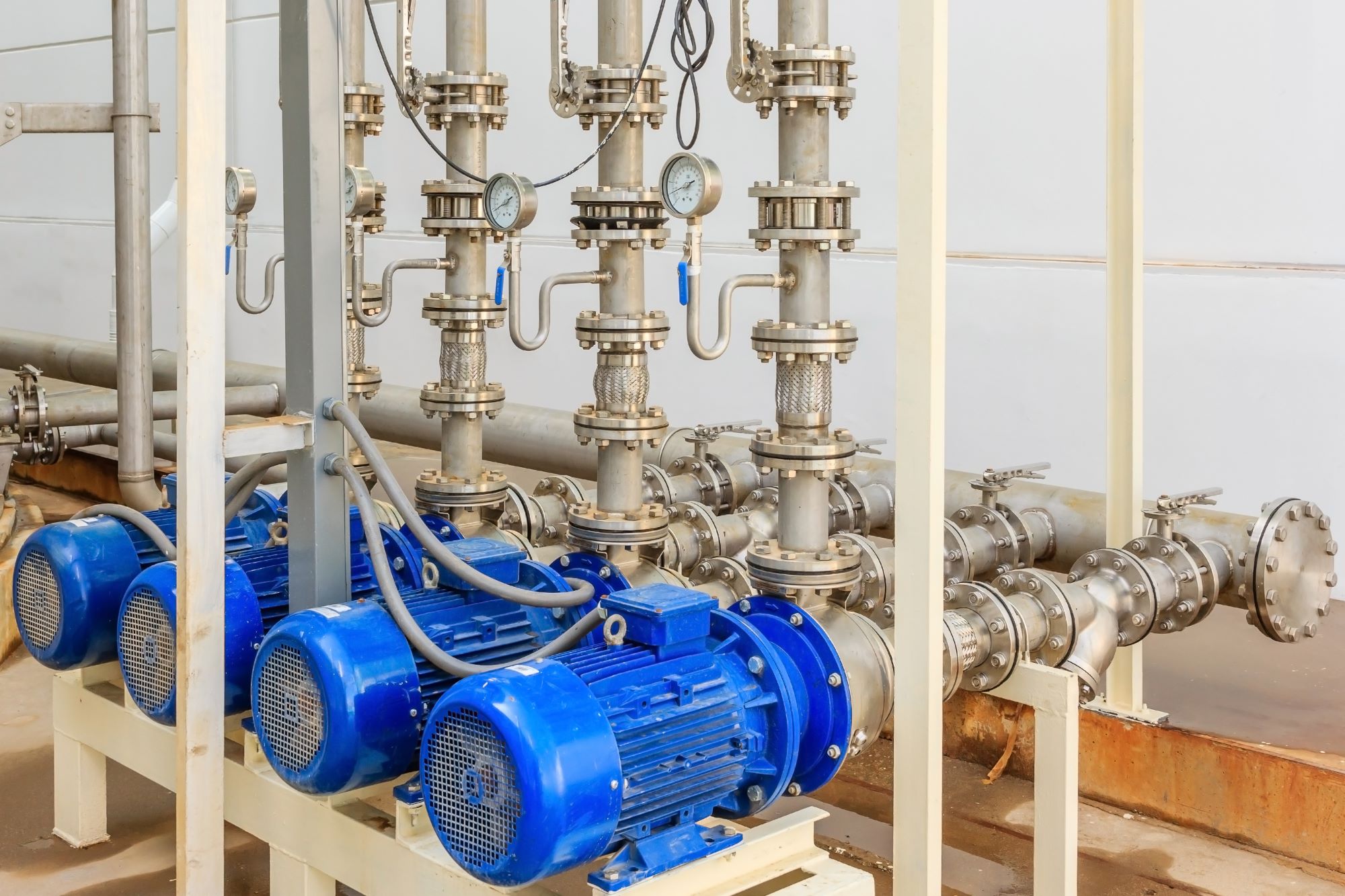Pumps
Because the running cost of a pump is many times its initial cost, it’s crucial that you select an efficient pumping system to save your business substantial money in the long term.
Pump reliability is critical, because pump failure in cooling systems can result in overheating equipment and catastrophic damage. Similarly, inadequate pump performance in lubrication systems can destroy equipment. And of course, pump downtime causes a substantial productivity loss. Pumping specialists are best placed to advise you on maintaining or improving your existing pumping or choosing a new system if you are expanding.
The general tips below may help you identify some energy saving measures suitable to implement now.
Energy efficient pumps
- Consider replacing typical pumps with variable speed pumps, which are up to 50% more energy efficient
- Replace throttle valves with speed controls, such as adjustable speed drives, to meet variable loads
- Ensure your pump system runs at the lowest practical flow rate, to reduce its dynamic head and pump energy needs
- Try to cost-effectively match pipe size, pump and motor characteristics to the needs of your system, including replacing oversized pumps with appropriately sized units
- Using two or more smaller pumps instead of one larger pump lets you reduce the system capacity by turning off pumps, providing significant electricity savings
- Improve your energy efficiency by pumping at lower rates, maximising pipe diameter and minimising length, minimising elbows using radial bends, eliminating large or abrupt changes in pipe diameter, minimising use of throttling valves, and locating equipment and systems to reduce static head
- A solar powered pumping system can be a cost-effective alternative for remote area water supply.
Maintain your equipment
- Regularly inspect and repair bearings, lip seals, packing and mechanical seals
- Replace worn impellers, especially in caustic or semi-solid applications
- Reduce or control pump speed by trimming the impeller or changing gear drives to lower gear ratios.

